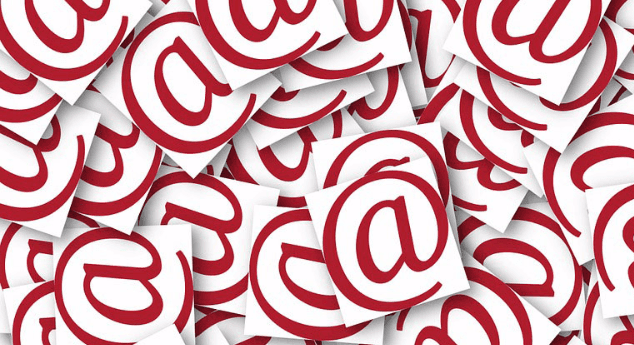Creating an effective email campaignCreating an effective email campaign
Email is one of the originals in digital media. With almost endless social channels and digital ad formats, it is easy to overlook the tried and true. However, email remains one of the most cost effective ways to reach new audiences and build brand loyalty.

Here are some quick tips and tricks for creating an effective email campaign:
Consider the length of your subject line. Keep the subject line short so that it displays in its entirety, even on mobile devices. Studies show that subject lines under 50 characters have the highest open rates.
Localize your subject line. Add relevancy to your message by including a city name or other local identifier. Localizing your message will also help to establish credibility and trust with your audience.
Create value for your recipients. What will you offer that will motivate them to open, click and act on your email?
Focus your message. Include a simple yet strong call to action. You’ve created a strong subject line and captured your audience’s attention. Now make sure your message is received quickly, clearly and high within the body of your email.
Avoid spam filters. Limit the symbols (including numbers) that you use in your subject line, as these can trigger spam filters. Additionally, avoid all-capitalization in your subject and anything that may sound deceitful (ex. Congrats, you’ve won!).
Think mobile. Nearly half of all emails are opened on a mobile device. Optimize your emails to display on small screen sizes.
Don’t forget the landing page. Where are you sending your recipients? Your landing page should be an extension of the email, with a clear call to action and mobile-friendly display.
What are your best email marketing tips? Email us at info@p3da.com. We’d love to hear from you.










